Favorite Plant to Use for Hedge
aloha2009
11 years ago
Related Stories
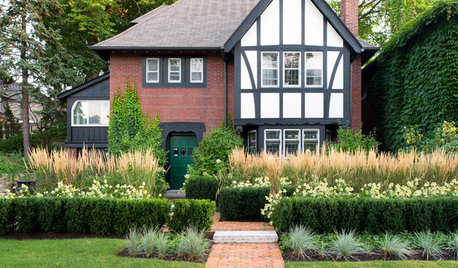
LANDSCAPE DESIGNHow Low Can Hedges Go? Discover Unusual Garden Borders
Short enough to step over, high enough to be a stretch ... check out these radically different hedge styles and tell us your opinion
Full Story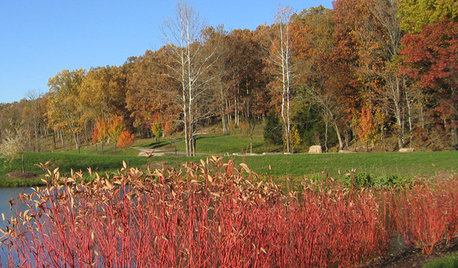
GARDENING GUIDESThese Hedges Can Add Interest to Your Winter Garden
Evergreen trees and shrubs provide structure and color in the winter months — and can attract wildlife too
Full Story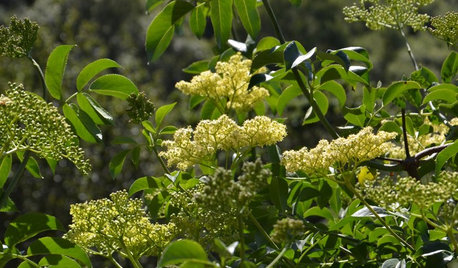
GARDENING GUIDESGreat Design Plant: Sambucus Nigra Caerulea for the Birds
Blue elderberry is a favorite of birds and other wildlife in its native California
Full Story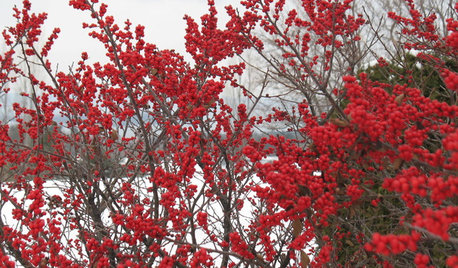
GARDENING GUIDES6 Rockin’ Red Plants for Winter Gardens
Use the bright berries or branches of these cold-climate favorites for outdoor garden interest or container arrangements anywhere
Full Story
GARDENING GUIDESInvite Mining Bees to Your Garden by Planting Their Favorite Plants
Look for mining bees (Andrena) pollinating woodland wildflowers in U.S. gardens this spring
Full Story
GARDENING GUIDES9 Low-Growing Hedges That Make Good Neighbors
Define garden areas or borders without blocking the view, with these evergreen shrubs that take kindly to trimming
Full Story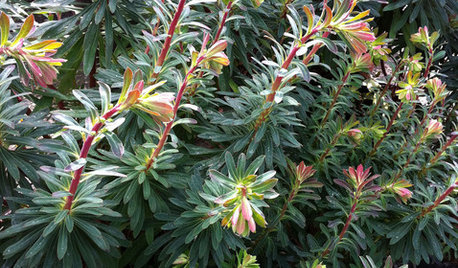
GARDENING GUIDESGreat Design Plant: Euphorbia
The daring colors and low water needs of this tropical plant make it a favorite for injecting life into tired landscapes year-round
Full Story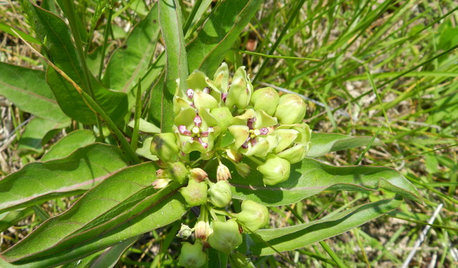
GARDENING GUIDESGreat Design Plant: Asclepias Viridis
Green antelopehorn is a milkweed that is short, drought-tolerant, not aggressive and a monarch favorite
Full Story
GARDENING GUIDESHouzz Call: What’s Your Favorite Backyard Beauty?
The simple, honest daisy is this writer’s go-to garden flower. We want to hear which plant, flowering or otherwise, gives you special joy
Full Story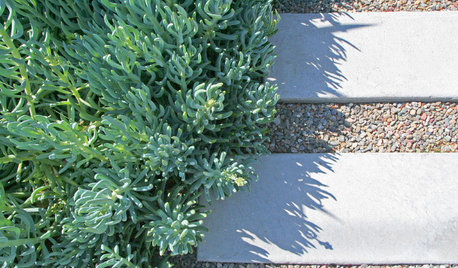
BLUE AND GRAY FOLIAGEGreat Design Plant: Blue Chalk Sticks
Great color and texture make this drought-tolerant succulent a favorite for landscape designs
Full Story







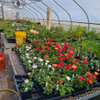
david52 Zone 6
mayberrygardener
Related Professionals
Frisco Landscape Contractors · Manchester Landscape Contractors · Stoughton Landscape Contractors · Wilmington Landscape Contractors · Surprise Landscape Contractors · Americus Landscape Contractors · Beverly Hills Landscape Contractors · Brockton Landscape Contractors · Cary Landscape Contractors · El Mirage Landscape Contractors · Pleasant Hill Landscape Contractors · York Landscape Contractors · Palos Hills Landscape Contractors · Hercules Solar Energy Systems · Wakefield Solar Energy Systemsthistlebloom
aloha2009Original Author
Skybird - z5, Denver, Colorado
aloha2009Original Author
Skybird - z5, Denver, Colorado
Skybird - z5, Denver, Colorado
aloha2009Original Author
Lesuko
Skybird - z5, Denver, Colorado
Lesuko
Skybird - z5, Denver, Colorado